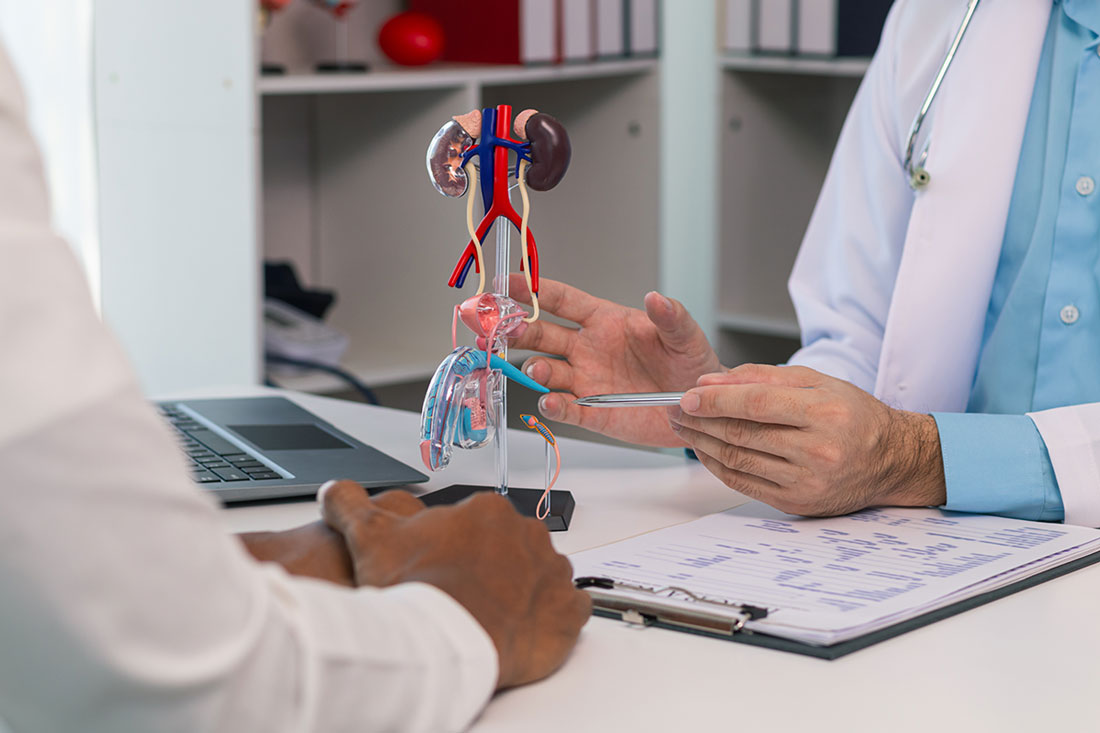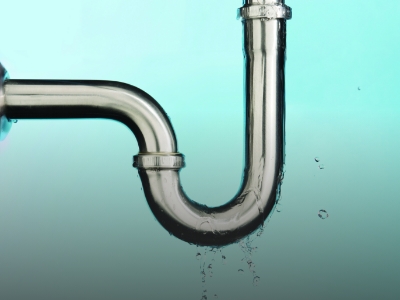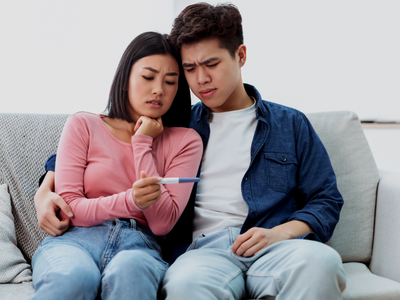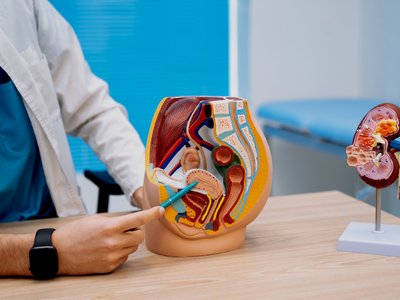Published on 24 September 2024
This rare but serious condition is often mistaken for stomach ailments. If not treated promptly, it can have severe consequences.
Have you felt your testicles today? This is no joke: men of all ages should be performing self-examinations at least once a month.
Regularly checking your testes for unusual lumps, bumps or changes in size, shape or consistency is essential for testicular health. Detecting early signs of potential issues is vital, as quick action can prevent long-term complications like infertility – and could even save your life.
One condition that requires urgent attention is testicular torsion. This occurs when the spermatic cord – a bundle of vessels, nerves and ducts connected to the testes – twists, cutting off the blood supply to the testicle, explained Dr Chong Weiliang, Consultant, Department of Urology, National University Hospital (NUH).
Studies in Asian countries such as South Korea and Japan show an incidence rate of testicular torsion between 3.5 and 15 per 100,000 males below the age of 25. While local statistics are unavailable, NUH treats one or two cases a month, said Dr Chong. “Testicular torsion is relatively uncommon, but when it occurs, it is a medical emergency where time is of the essence,” he added.
Here is how you can stay proactive, recognise the symptoms and seek prompt medical care to protect your future health.
1.Know who’s most at risk
Testicular torsion can occur at any age but is most common in infants and those aged 12 to 18. It can occur spontaneously or result from trauma, such as contact sports or vigorous physical activity. While it typically affects only one testicle, having it in one increases the risk of it occurring in the other.
“A big factor predisposing individuals to testicular torsion is the laxity of the attachments between the testis and the surrounding scrotal walls. This allows the testis to move more than usual,” said Dr Chong. This condition can affect both sides or either testicle.
Historical data shows that patients with such a predisposition largely show symptoms by the age of 25. Other factors like genetics, anatomical variations and trauma also play a role in increasing the risk.
2.Don’t ignore the warning signs
Symptoms of testicular torsion include sudden and severe testicular pain that sets in over several hours, as well as swelling, nausea and vomiting. The testicle may feel warm and tender, and an ultrasound might reveal poor blood flow to the affected area.
Dr Chong cautioned against trying to massage the scrotum, as it is not only ineffective but could worsen the twisting of the spermatic cord – delaying necessary medical treatment.
3.Seek immediate medical attention

Diagnosis involves examining the abdomen, groin, scrotum and testicles. A key sign is the affected testicle being positioned higher and lying horizontally in the scrotum. Your physician may also lightly rub or pinch your inner thigh on the affected side, which should trigger a reflex in a healthy testicle.
Dr Chong noted that delays in treatment can lead to severe testicular damage. This can potentially affect fertility and lower hormone production in the long run. “Timely treatment for testicular torsion is crucial to prevent complications such as loss of the testicle or reduced fertility,” he stressed.
Diagnosis involves examining the abdomen, groin, scrotum and testicles. A key sign is the affected testicle being positioned higher and lying horizontally in the scrotum. Your physician may also lightly rub or pinch your inner thigh on the affected side, which should trigger a reflex in a healthy testicle.
Dr Chong noted that delays in treatment can lead to severe testicular damage. This can potentially affect fertility and lower hormone production in the long run. “Timely treatment for testicular torsion is crucial to prevent complications such as loss of the testicle or reduced fertility,” he stressed.
4.Surgery might be the solution
Treatment for testicular torsion usually involves surgery to untwist the cord and restore blood flow. The testicle is then stitched in place to the surrounding tissues to prevent a recurrence of the twisting. “Doctors who surgically explore the scrotum for a suspected testicular torsion will often explore the unaffected side to anchor the testis down, (so that it doesn’t get twisted as well),” said Dr Cheng.
Prompt diagnosis and treatment are vital. If the torsion has been present for too long, and the testicle is beyond repair, it may need to be removed via a surgical procedure known as an orchidectomy. Fortunately, with timely treatment, most men can maintain their fertility and avoid long-term complications.
5.Fertility can still be preserved
Fortunately, even losing one testicle will not result in infertility if the remaining testicle is healthy, said Dr Chong. “However, it can reduce overall hormonal production and semen quality due to reduced sperm production,” he added. Psychological effects, such as distress over the loss of a sex organ or decreased sex drive, can also occur.
“Regular check-ups with a healthcare provider are essential to monitor hormonal levels and the affected testicular size after testicular torsion,” said Dr Chong.
In consultation with Dr Chong Weiliang, Consultant, Department of Urology, NUH.




